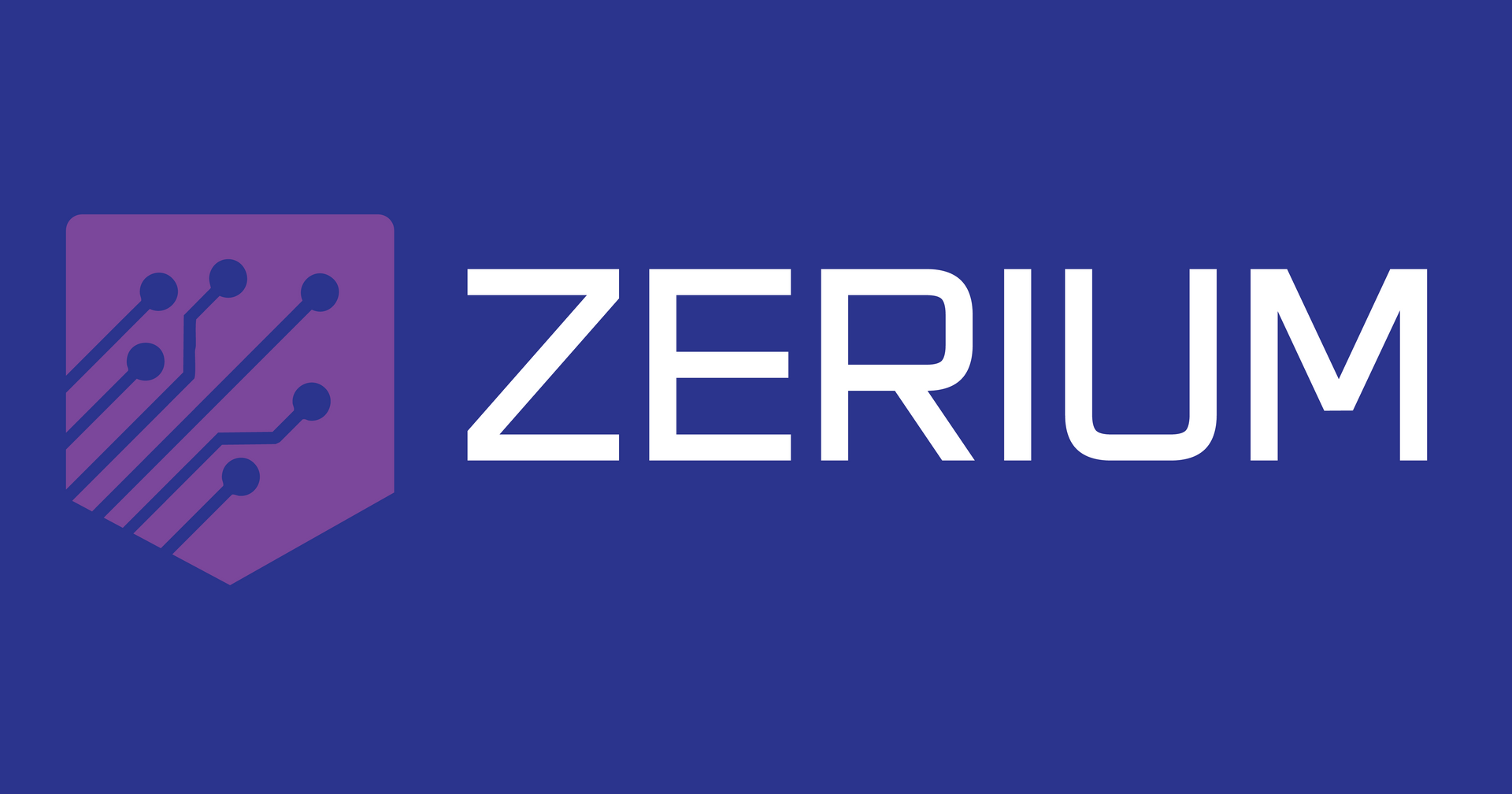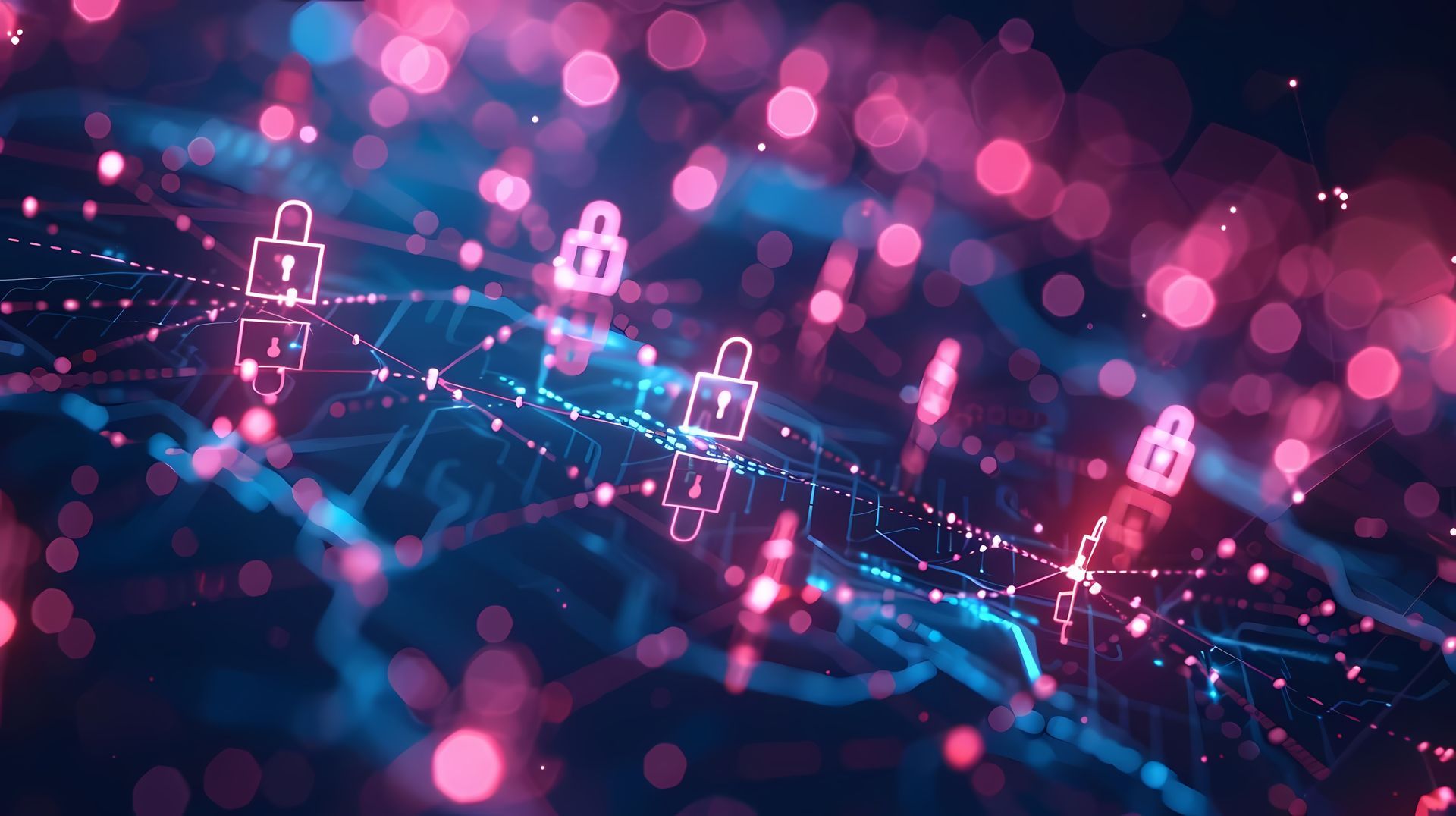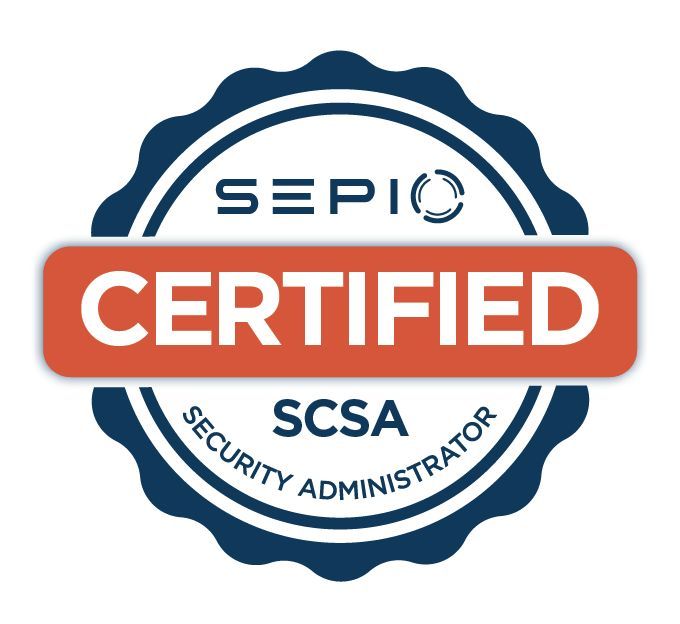The Cyber Risk Hiding in Plain Sight In healthcare, cybersecurity is about more than just protecting data—it's about protecting lives. Hospitals, clinics, and care facilities are rapidly adopting digital technologies to improve treatment, efficiency, and patient outcomes. But with this transformation comes a surge in risk, as more devices, users, and systems connect to critical networks.
Despite growing investments in electronic health records (EHRs), firewalls, and endpoint protection, one key vulnerability is consistently overlooked: unauthorised or unmanaged physical devices connecting directly to sensitive environments.
Whether it’s a rogue USB plugged into a nurse’s station, a spoofed medical device impersonating legitimate equipment, or an unknown laptop used during maintenance, these hidden entry points pose a very real threat. And in most cases, they operate completely undetected.
Why Traditional Tools Aren’t Enough
Healthcare environments are dynamic. Shared workstations, portable diagnostic equipment, third-party integrations, and remote access solutions all create a complex security landscape. In such settings, conventional tools like antivirus, EDR, or NAC struggle to identify or control what’s physically connected at the hardware level.
These tools typically rely on software agents or network-level data to determine trust. But what happens when an attacker connects a malicious USB that pretends to be a keyboard? Or when a third-party engineer plugs in an unauthorised hub to troubleshoot a machine?
Sepio’s Unique Approach to Healthcare Device Security
Sepio’s Asset Risk Management (ARM) platform is designed to tackle this very problem. By operating at the physical layer, Sepio sees every device that connects—regardless of whether it communicates over the network or runs approved software.
Rather than trusting a device based on its name, IP address, or user profile, Sepio inspects the device’s Asset DNA—a unique fingerprint derived from its electrical and physical characteristics. This means it can distinguish between a genuine diagnostic tool and a spoofed or tampered one, even if they present the same identity at the software level.
For healthcare providers, this translates into real-time visibility and control over what’s physically plugged into clinical systems, lab equipment, administrative terminals, and remote care endpoints.
Reducing Risk Without Disrupting Care
One of the most critical requirements in healthcare cybersecurity is maintaining operational continuity. Solutions must enhance security without slowing down workflows or interfering with patient care.
Sepio delivers on this requirement by being completely agentless and passive. It does not require software to be installed on endpoints, nor does it interrupt existing processes. It simply monitors and enforces hardware-layer policies in the background—ensuring that every connected device is known, trusted, and approved.
This capability is particularly valuable in shared environments, where multiple staff members use the same workstations or equipment, and where devices are frequently added, moved, or replaced.
Supporting Privacy and Compliance Mandates
Beyond technical threats, healthcare organisations also face mounting legal and regulatory pressure to demonstrate strong data protection practices. Frameworks such as GDPR, HIPAA, and the NHS Data Security and Protection (DSP) Toolkit all require strict control over access to personal data and clinical systems.
Sepio plays a critical role in meeting these requirements. By maintaining a complete, tamper-proof record of all connected hardware, healthcare providers can prove that only authorised devices had access to sensitive systems and data. If a rogue or unapproved device is introduced, Sepio not only detects it but logs the event for auditing, reporting, and remediation.
Real-World Healthcare Applications
In hospitals, Sepio helps prevent unauthorised USBs from accessing EHR systems or shared nursing stations. In diagnostic labs, it ensures that only trusted hardware connects to analytical machines—protecting both data integrity and patient safety. In outpatient clinics and remote care settings, it guards against the use of personal devices that may introduce risk.
Sepio’s ability to scale across multiple sites and departments makes it ideal for healthcare networks with distributed infrastructure and diverse endpoints.
A Stronger Foundation for Clinical Cybersecurity
As healthcare systems continue to digitise, the need for comprehensive device visibility has never been greater. Sepio fills a critical gap in the cybersecurity stack—one that other tools simply cannot address. It allows IT and security teams to go beyond assumptions and ensure that every device, from the reception desk to the operating theatre, is exactly what it claims to be.
By doing so, Sepio helps healthcare providers reduce cyber risk, protect patient privacy, and maintain trust in their technology and systems.
Take Control of the Physical Layer
In an industry where uptime and trust are paramount, ignoring the hardware layer is no longer an option. Sepio empowers healthcare organisations to defend against a new class of threat—quiet, unassuming, and incredibly dangerous—before it impacts care delivery or data security.
To learn more about how Sepio protects healthcare environments from device-level risk, contact info@zerium.co.uk or call +44 (0)20 8191 2191 to request a consultation or platform demonstration.






















